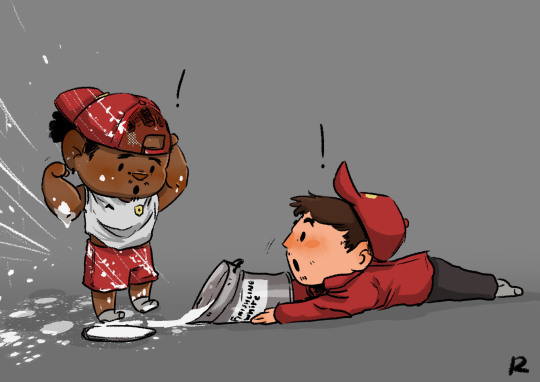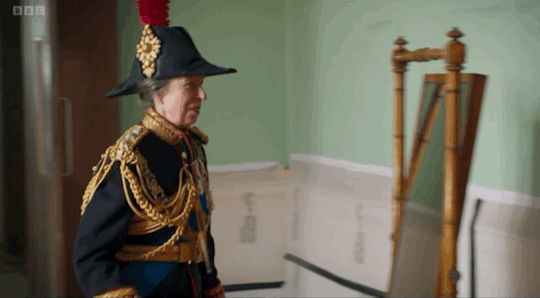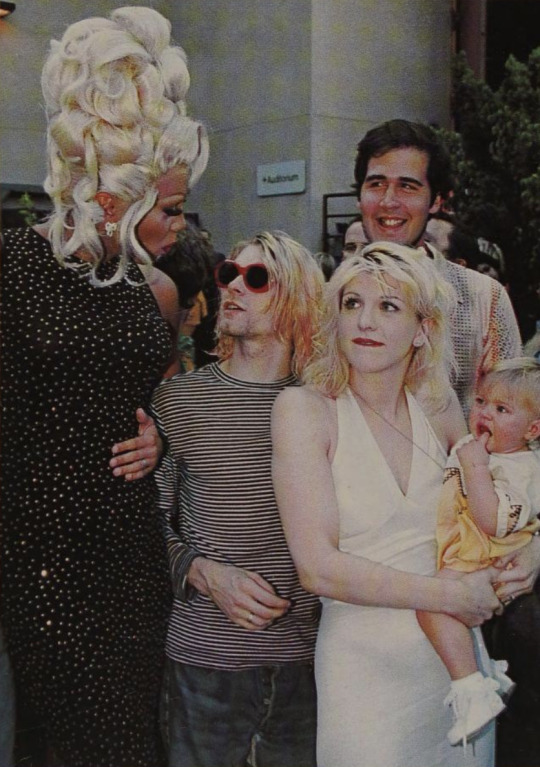#charles bean
Explore tagged Tumblr posts
Text

okay. Charles is a bean now
#charles bean#i meant to write “began” but well#i can't stop thinking about it#charles xavier#professor x#x men#xmen#xmen movies#he's so cute#a lil bean
24 notes
·
View notes
Text
Lord of the Rings Vintage TV Recast - Full Cast
Please enjoy the official Vintage TV recast of LOTR as voted on by you!
John Astin as Gandalf

Michael J. Fox as Frodo

Elisabeth Sladen as Sam

Craig Charles as Merry

Eric Idle as Pippin

Lucy Lawless as Aragorn

Kyle MacLachlan as Legolas

Danny Devito as Gimli

Sean Bean as Boromir

Diahann Carroll as Galadriel

Leonard Nimoy as Elrond

Joan Chen as Arwen

Miss Piggy as Éowyn

Claude Rains as Saruman

Kermit the Frog as Faramir

And Animal as Gollum

#vintage tv stars poll#breaking news#mini tournament#just for fun poll#lotr#gandalf#frodo baggins#samwise gamgee#merry brandybuck#pippin took#aragorn#legolas#gimli#boromir#galadriel#elrond#arwen#eowyn#saruman#faramir#gollum#john astin#michael j fox#elisabeth sladen#craig charles#eric idle#lucy lawless#kyle maclachlan#danny devito#sean bean
950 notes
·
View notes
Text

"Dude! The merch!" 👨🏻🎨
#“we can still sell it. right?”#lewis hamilton#sir lewis hamilton#charles leclerc#f1#f1 art#f1 fanart#doodle beans
715 notes
·
View notes
Text

courtney & frances at home in seattle. april 11, 1993.
156 notes
·
View notes
Text
Something something Edwin’s death was a hate crime
Something something Charles death was because he stopped one
#I’m fine no I’m not crying#dead boy detective agency#dead boy detectives#dbda#edwin payne#charles rowland#bean screams
530 notes
·
View notes
Text

The Muppet Christmas Carol (1992)
#the muppet christmas carol#muppet christmas carol#gonzo#charles dickens#rizzo the rat#bean bunny#crash#knock over#the muppets#muppet#muppets#christmas#christmas movie#gif#muppet gif#muppets gif#gifs of puppets
260 notes
·
View notes
Text


find one difference
#YOU CAN'T#he is so cat coded#pookie baby lil smol bean i wanna cuddle him#is it about cat or charles? we will never know#scuderia ferrari#charles leclerc#cl16
378 notes
·
View notes
Text





Princess Anne and King Charles III attending the Butler trust's annual awards at St James Palace, on 25 March 2025.
#OLD BEANS 🥹🫶🏻#fav siblings#princess anne#princess royal#king charles iii#brf#british royal family#workanne
87 notes
·
View notes
Text
He’s just a baby 🥹🤏🏻

#he’s just a smol bean#who has never done anything wrong in his life 🙂↕️#also why am i getting tired father and mischievous son vibes from him and lewis 😂#f1#formula 1#charles leclerc#cl16#ferrari#1644#lewis hamilton
120 notes
·
View notes
Text


“Hello, old bean.”
Princess Anne greets her brother King Charles III after his coronation on 6 May 2023
#screaming crying throwing up#siblings#she’s such a strength to him#the way he kisses her hand 🥹#and OLD BEAN#so cute#princess anne#princess royal#king charles iii#coronation doc#british royal family#brf
480 notes
·
View notes
Text
edwin would love watching b dylan hollis' vintage baking while making sexual jokes. most of them would fly right over his head but he enjoys the nostalgia (even though most of the recipes are american), inspiration for niko and hey, if he doesn't get a joke, surely charles will be nice enough to explain it to him?
#poor charles is going to have so much explaining to do#Edwin laughs way too hard at “Not baaad dead people” and the bean pie killing dylan's blender#“I'm a fool not an idiot” fits him hilariously well#I can hear monty saying in a deadpan voice “do you know what stings more than a knife Mr. Onion? rEjEcTiOn”#dead boy detectives#dbda#dead boy detective agency#edwin payne#charles rowland#b dylan hollis#monty the crow
112 notes
·
View notes
Note
Can you draw Joshua and ??? from Glitch!Charles? :3 /nf

them :3
#thsc#the henry stickmin collection#thsc oc#glitch!charles#ignore the way joshua's hand looks like an among us bean. i messed up💔#relart
28 notes
·
View notes
Text

RuPaul with Kurt Cobain, Courtney Love, and Frances Bean Cobain backstage at the MTV Video Music Awards, 1993.
#bottle blonde#rupaul charles#rupaul#kurt cobain#nirvana#courtney love#hole#frances bean cobain#1990s#90s nostalgia#mtv#vmas#1993#90s icons#blonde ambition
185 notes
·
View notes
Text

The curse has lifted!
#charles leclerc#f1#f1 fanart#doodle beans#yeah thats right#coming off a 3 month break with 2 beans in a day#expect the unexpected
2K notes
·
View notes
Text
just to understand, do you like aus, or are you a "canon compliant" person?
#911#buddie#eddie diaz#dead boy detectives#izzy spills beans#buck x eddie#gay eddie diaz#edwin payne#charles rowland#daniel howell#phil lester#amazing phil#dan and phil#phan#fanfic writers#fandom related#paynland#palasaki
77 notes
·
View notes
Text
If I see one more post with Charles and Edwin I’m going to crawl out of my skin and light it on fire. I feel so normal and regular about them, what do you mean I’m crying—
87 notes
·
View notes